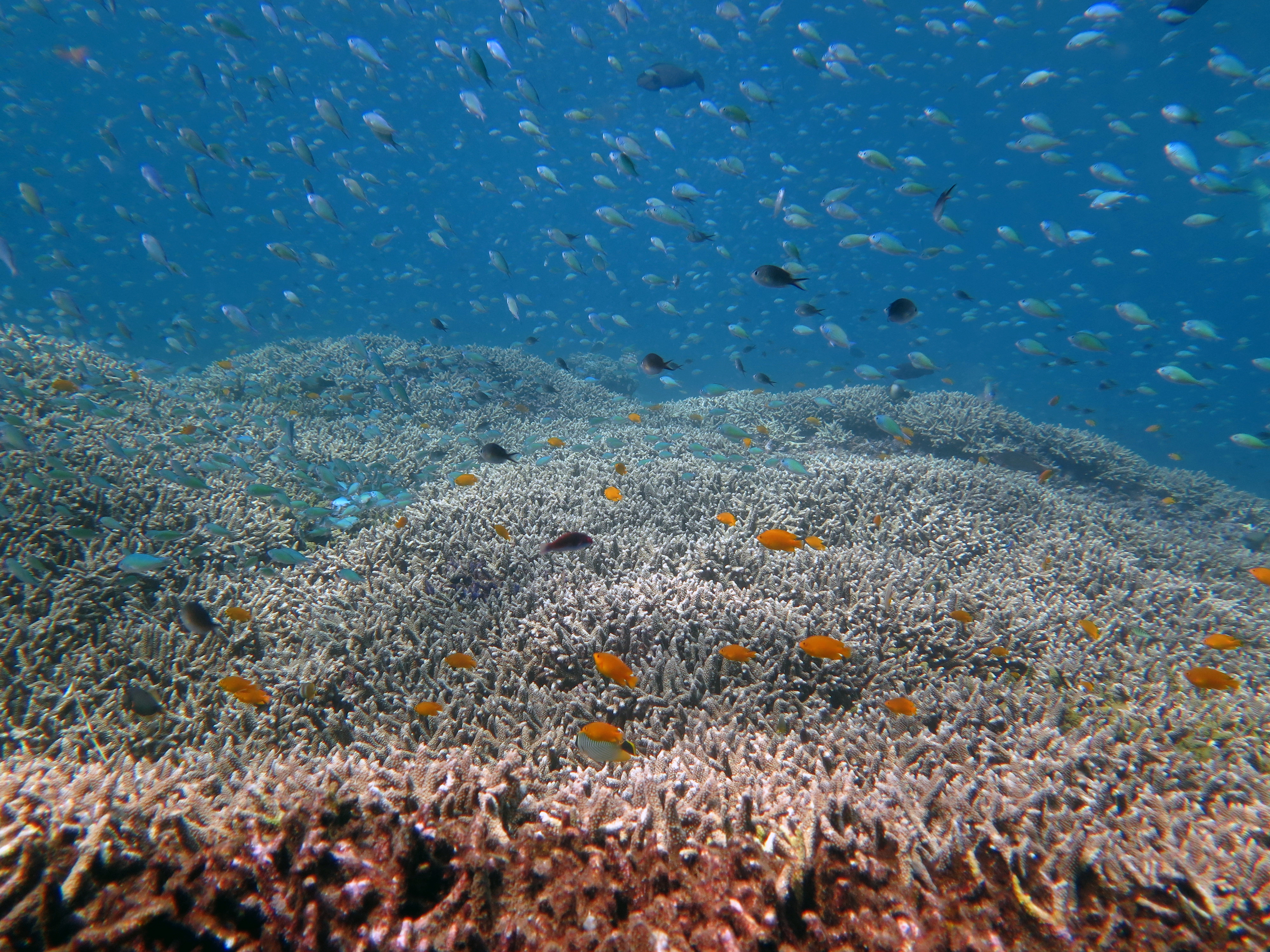Dr Philip McGowan is a Senior Lecturer in Biodiversity and Conservation in the School of Biology at Newcastle University. He has worked for many years in international species conservation. In this blog, part of the cross Societal Challenge Theme Institute series giving recommendations for targets and indicators of the UN Sustainable Development Goals, Dr McGowan argues the SDGs need to align with the global policies already in place on biodiversity in order to genuinely protect our planet.
Goal 15 requires the protection of the terrestrial environment by stopping the deterioration of biodiversity, using resources wisely and restoring ecosystems where needed. Goal 14 has similar requirements for the oceans. These join a plethora of global commitments and processes intended to promote conservation and ensure a sustainable environment, and lessons suggest that they are hard to address. To avoid the SDGs becoming just another set of commitments to be met, clever thinking would help chart the course for policies and action to fill a range of these commitments and lead to genuine protection for our planet.
Global commitments for biodiversity
The importance of biodiversity to humans and the survival of our planet — and the seriousness of its currently observed deterioration — has resulted in a range of global political commitments known as Multilateral Environmental Agreements (MEAs). These include the Convention on International Trade in Endangered Species (181 Parties), the Convention on Migratory Species (154 Parties and Member States), Convention on Biological Diversity (196 Parties), the Convention on Combatting Desertification (195 Parties) and the World Heritage Convention (161 Parties), to name a few.
All are concerned with the deterioration of biodiversity, whether it is species, habitats or the processes that lead to degradation and, as the numbers in brackets above indicate, many countries have signed up to these conventions. In addition, many governments felt a need to strengthen the interface between science and policy, in the manner that the Intergovernmental Panel on Climate Change has done for that subject, and consequently, the Intergovernmental Platform for Biodiversity and Ecosystem Services was established recently and now has 124 member states.
This attention on biodiversity is welcome and very badly needed, especially given suggestions that we are heading for the sixth mass extinction event in Earth’s history [1]. It is an important statement by governments that biodiversity conservation, which was a target in support of Millennium Development Goal 7, is now raised to the level of a Goal with its own set of contributory targets. There are some significant challenges ahead, however, in determining how best to pursue this bold Goal, especially in light of the wide range of other commitments that countries have. Two examples illustrate this.
Connect SDGs with biodiversity goals in place
The adoption of the SDGs surely marks time to streamline all these global goals and targets so that political, social and scientific efforts are most effectively directed to where they will have the biggest gain on our ability to look after the planet. Although some of the conventions above are mentioned in the SDGs’ preamble, the wording of the goals and their targets could show much stronger convergence with these other processes. For example, much of our concern about species is ultimately captured by Target 12 of the Convention on Biological Diversity’s Strategic Plan for Biodiversity 2011-2020 (CBD), which commits the CBD’s Parties to: By 2020 the extinction of known threatened species has been prevented and their conservation status, particularly of those most in decline, has been improved and sustained.
This target replaces the Convention’s ‘2010’ target of Reduce biodiversity loss, achieving, by 2010, a significant reduction in the rate of loss, which was also one of the targets by which the Millennium Development Goal 7 Ensure Environmental Sustainability was to be measured. Although the status of species continues to decline, we do know that conservation action can stop extinctions [2]. Some conventions address the particular needs of species and can play a role in halting extinctions, but clearer synergy between these MEAs would be hugely helpful in maximising the benefit of political commitment, maintaining and increasing civil society input and making the most of scarce resources.
There are elements of the CBD’s other targets (known as ‘Aichi Targets’) that are captured in the targets for Goal 15 (and indeed Goal 14), but there are also many areas where they do not overlap. If prioritisation becomes necessary, which of these targets (in both the SDGs and the CBD) might make the most significant contribution to planetary sustainability? Which should governments pay most attention to? How can conservation policies and actions be best aligned effectively to stem the deterioration in biodiversity? Indeed proposed Target 15.1 suggests that actions should be in line with other international agreements, but clearer guidance for achieving this is needed.
Measuring trends in biodiversity is difficult
The second example that illustrates the challenge in meeting Goal 15 lies in the wording of the Goal itself and the targets proposed for it. There are two points. First, it is interesting that some habitats have been singled out for mention, whilst others have not. For example, there is specific mention of managing forests sustainably, when there is evidence that grasslands have experienced a much more significant decline in extent since 1700 [3]. Secondly, the wording of the Goal and contributory targets do not make for easy measurement. As noted above, the CBD has a clear commitment to stop the extinction of species and the SDG has expanded this to halting the loss of all biodiversity.
Grassland in the Philippines. Grasslands are experiencing rapid decline.
Given that the CBD defined biodiversity as “the variability among living organisms from all sources including, inter alia, terrestrial, marine and other aquatic ecosystems and the ecological complexes of which they are part; this includes diversity within species, between species and of ecosystems”, it is clearly not an easy task to measure this and conclude that there are no further declines. Hence the shorthand use of species in many cases, and habitats in others, to reflect the declining state of biodiversity. Is that still enough, given our increasing understanding of the variation and interactions between species and ecosystems?
All in all, the commitments made under the SDGs are to be welcomed but the real work comes in aligning these bold new responsibilities with existing commitments and aspirations of many of the world’s governments. There is much to be gained from developing synergies amongst the objectives and workplans (whatever they are called in each case) of these MEAs. The challenge is to translate the political aspirations that are captured in the wording of Goal 15 (and indeed Goal 16) and targets into indicators that can be measured and reflect appropriate metrics by which to assess the status of biodiversity.
[1] Barnosky et al. 2011 Has the Earth’s sixth mass extinction arrived? Nature 471: 51-57.
[2] Hoffmann, M. et al (2010) The impact of conservation on the status of the world’s vertebrates. Science 330: 1503-1509
[3] Boakes et al. 2010 Extreme contagion in global habitat clearance. Proceedings of the Royal Society B. 277: 1081–1085.
Newcastle University Societal Challenge Theme Institutes:



